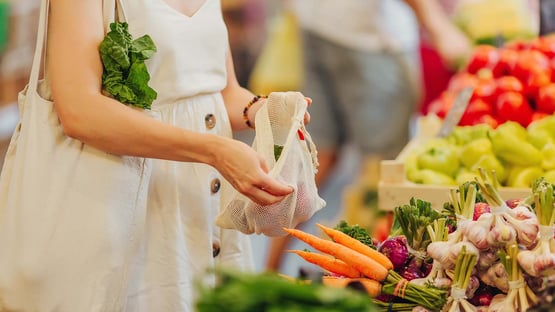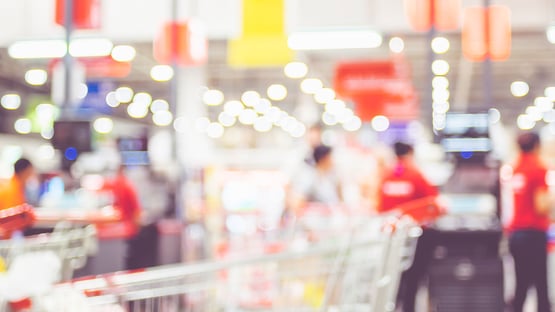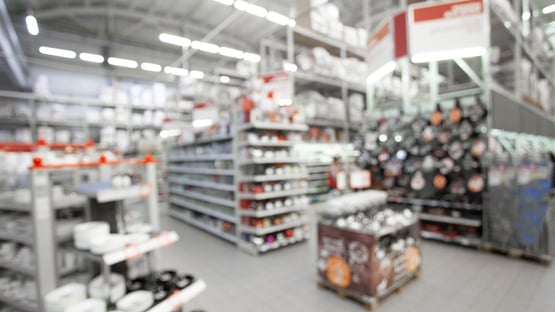Does it make sense to grow food cereals, fruits, and vegetables, raise cattle, or spend resources on food production and transportation, just to throw one-third away? Often, we don’t realize the negative impact of food waste on the environment and climate change. By joining forces we can all contribute to minimizing food waste at all levels. Here are some ideas on how retailers can contribute.
Food waste initiatives are taken all around the globe. The United Nations has designated 29 September as the International Day of Awareness of Food Loss and Waste (IDAFLW).
The goal is to raise awareness of the importance of the problem and its possible solutions at all levels, and to promote actions towards meeting the Sustainable Development Goal, which targets to halve per capita food waste at the retail and consumer level by 2030, and reduce food losses along the food production and supply chains.*
Here are some ideas on how retailers can contribute to the global goal. At the same time, retailers can enhance shoppers’ loyalty, as research shows that 70 percent of consumers expect their chosen grocer to be committed to reducing food waste.*
Efficient inventory
For many reasons, the ordering process is often not optimal and it is common to have inaccurate stock levels. Consequently, many stores either have too little or too much inventory of a given product. Too little means lost sales, while too much means tied up capital as well as the risk of never selling all of the stock which then risks ending up as food waste.
With a solution based on electronic shelf labels (ESLs), the retailer gets access to data that facilitates the planning of purchases, keeping stock levels as accurate as possible, or even reducing replenishment errors.
With a flash-guided replenishment, where the light on the ESL flashes to show the right place on the shelf, the retailer avoids the common mistake that a product is put in front of a very similar looking but not identical product, thus hiding the one behind and invariably leading to mistakes further on.
Dynamic pricing
By using electronic shelf labels, retailers can work systematically to match demand, expiry date and selling price, thereby reducing food waste significantly.
Digitize the date checking
Why spend hours manually checking all expiry dates, when this could be done much quicker if digitized? A solution based on electronic shelf labels does the same job - but quicker and in a more reliable way. This is especially relevant for instance for dairy departments or other departments with many products with short expiry dates.
With digital date checking you get a list of the products that need your attention. That means that you only have to check the products that are at risk of becoming waste. With a digital solution, the risk of missing items due to human errors is also reduced.
All these solutions help retailers save time and money, at the same time as minimizing food waste.
Read more about International Day of Awareness on Food Loss and Waste Reduction.
* Roughly one-third of the food produced in the world for human consumption every year - approximately 1.3 billion tonnes - gets lost or wasted. UN Environment Programme, Worldwide food waste | ThinkEatSave.
Read more about Food waste management solutions.
Published September 23, 2022



